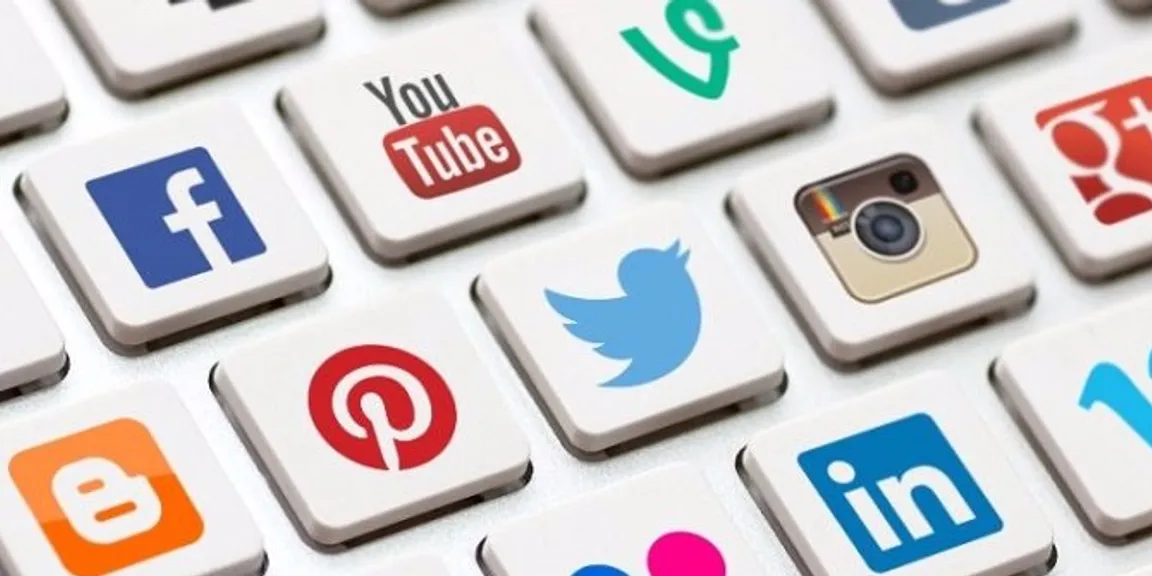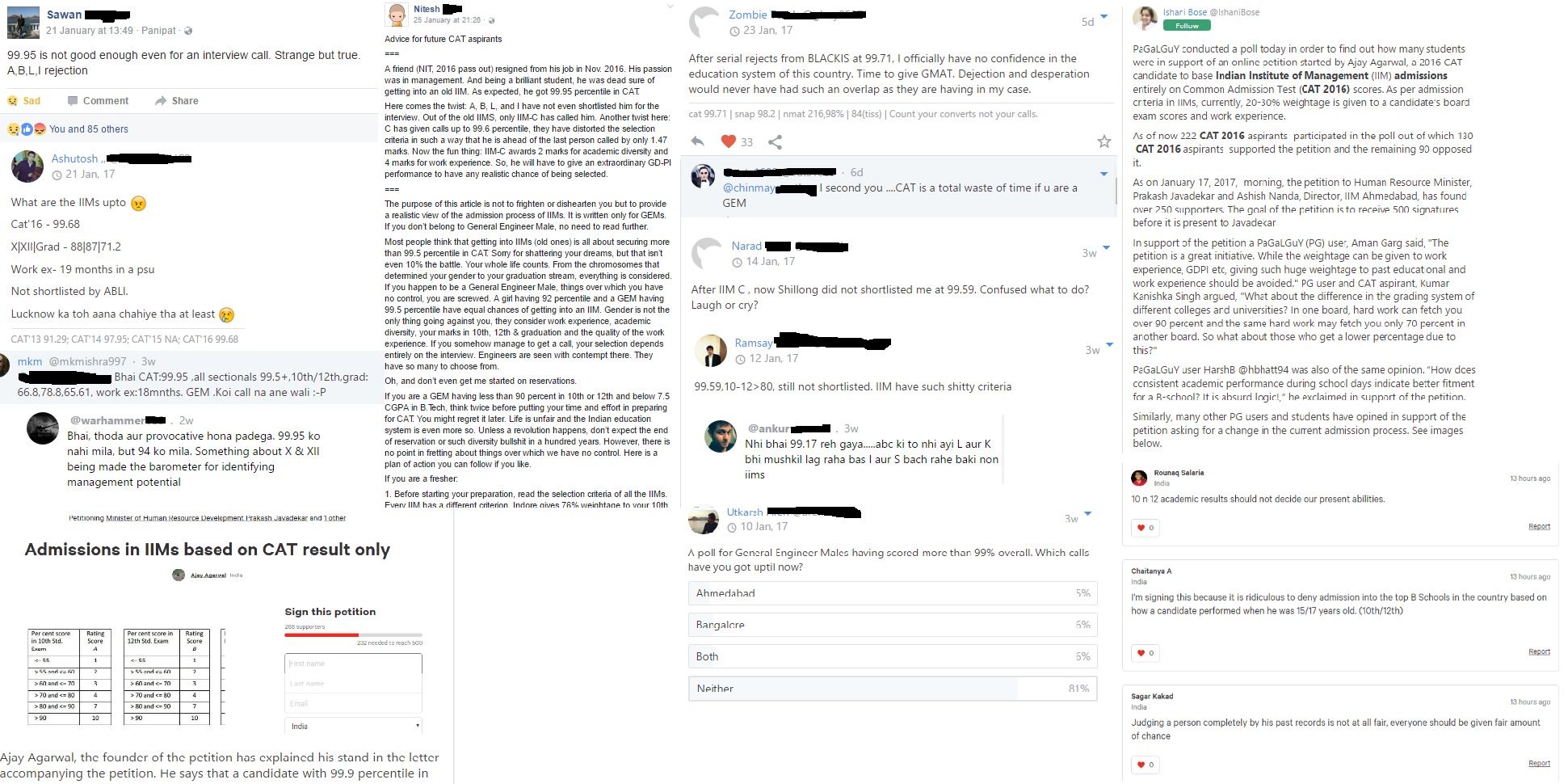

The Best Social Media Platforms for Business
Advertising online sites; Facebook, Instagram, or Twitter can reach millions of new customers. Expand your customer base with these social media platforms!

The main aim of any business is to maximize profit. This is achieved only with an adequate number of customers. To increase the number of customers, advertising has to be done. Online social media platforms are a great way to increase the exposure of your business to new customers. These best online social media platforms are ones that have the most active users, which can include Facebook, Twitter, YouTube, Instagram, Pinterest, Google+, and LinkedIn.
Active accounts by platform:
Facebook: 1.87 billion*
Instagram: 600 million*
Twitter: 317 million*
Google+: 300 million*
LinkedIn: 106 million*
Pinterest: 150 million*
YouTube: over 1 billion unique users/month**
*Source: Statista, as of January 2017
** Source: YouTube, 2016
To choose the best social media platform, it has to have the following characteristics:
Cost effective.
Have the maximum possible number of potential customers.
Easily accessible by potential customers.
Able to capture the attention of the potential customers.
Allow interactions between users, advertisers, and customers.
How you decide on a social media platform depends on how you weigh the site’s advantages and disadvantages and its effectiveness in attracting potential customers.
Advantages and Disadvantages:
1) Facebook
Advantages
It’s a cheap way of advertising. A single ad in Facebook can run with as little as $1 per day.
Creating a Facebook pixel helps to track actions by Facebook users after coming across your ad. This helps ensure you have a good feedback as well.
It has a wide and diverse audience as a lot of people use it.
It allows the use of videos for a greater variety of ads besides print or banner ads.
Facebook is simple to use.
Disadvantages
The newsfeed in Facebook is cluttered and does not get the attention of most people.
Some Facebook users experience irrelevant ads so sometimes targeting a specific audience still needs improvement.
2) Twitter
Advantages
It ensures that you are able to contact your biggest and potential customers directly. This assures the advertiser of spreading of new products, initiatives, ideas as well as receive feedback.
Twitter is direct, compact, and simple to use.
Your ad messages are designed to spread quickly because of features such as retweeting. Twitter users can pass along a message from one set of followers to another.
Twitter has the feature of hashtags that offers simple indexing of content, making marketing using Twitter concise and quick.
It allows the use of photos and videos accompanied in tweets so customers can receive rich media content.
Disadvantages
It has a hard 140-character limit that makes it difficult to communicate details.
Risk of hacking which can lead to spreading of false or misleading information that can quickly damage your brand.
Lower number of users than some other platforms.
3) Instagram
Advantages
It allows the use of pictures and videos enabling the advertiser to visually show off their products.
Instagram has photo editing features to make the photos appear more appealing.
The images offered in Instagram enables the customer to have knowledge about the products.
It has a high visibility of posts as they are of high quality.
Disadvantages
Requires the advertiser to have high technology cameras and photography experience in order to make great quality photos to best display your product.
Instagram is only available on smartphones so it may not reach certain audiences who don’t have the Instagram app.
4) LinkedIn
Advantages
Since LinkedIn is a social network for business and professionals, it offers a unique audience to target your ads, especially B2B advertisements.
Users are more receptive to advertising because it is a professional networking platform.
Ads can be tailored and targeted to very specific audiences based on attributes tracked by LinkedIn such as specific industries, job titles, companies, or LinkedIn groups/affiliations.
It allows you to see exactly how large your target audience is once you have selected your attributes so you know in advance how many potential people your ad will reach.
Disadvantages
Advertising on LinkedIn is expensive. LinkedIn imposes a minimum of $2 cost-per-click requirement to advertise on their platform. So for each user who clicks on your ad, you’ll pay $2 to LinkedIn.
Limitations and size constraints on your ads. You must tailor your ads to fit into LinkedIn’s limits which can hamper the effectiveness of your message.
5) Google+
Advantages
Google+ Hangouts allows you to host special forums or get-togethers which is a more interactive way to connect with potential customers than typical online ads.
Allows the use of hashtags and always adds them where they are appropriate.
It will boost your SEO and search ranks of your business site.
Disadvantages
It is not as popular and, therefore, has fewer users than other platforms such as Facebook or Twitter so your ads reach fewer people.
Not integrated with other social media dashboards. Whereas other social media platforms integrate with tools to update your content on all platforms simultaneously, Google+ is not integrated so you have to specifically log into Google+ and manage your content.
6) YouTube
Advantages
It’s video so you can show off and promote your business or products in more creative ways.
Allows the chance for viral marketing.
Allows multiple video marketing channels.
It’s integrated with other social media platforms.
Disadvantages
It is incredibly competitive due to the vast amount of video content already available on YouTube.
Because it is video, your content needs to be compelling and capture the attention of your audience.
Video ads and content can be more expensive to produce than other forms of advertising.
7) Pinterest
Advantages
It’s pictures so it’s ideal for showcasing products and services visually.
It’s very easy to generate referral traffic to your site.
Allows chance for great brand visibility because anyone can pin and re-pin your content onto their board which is linked back to your site.
Disadvantages
Its users are primarily women so you are reaching a limited target audience.
You have no control over how your content is shared. People can pin and re-pin your images anywhere. Because it’s very easy to share information on Pinterest and everything is public, you cannot tailor to a specific audience and your content may be shared on unrelated (or even undesirable) boards.




